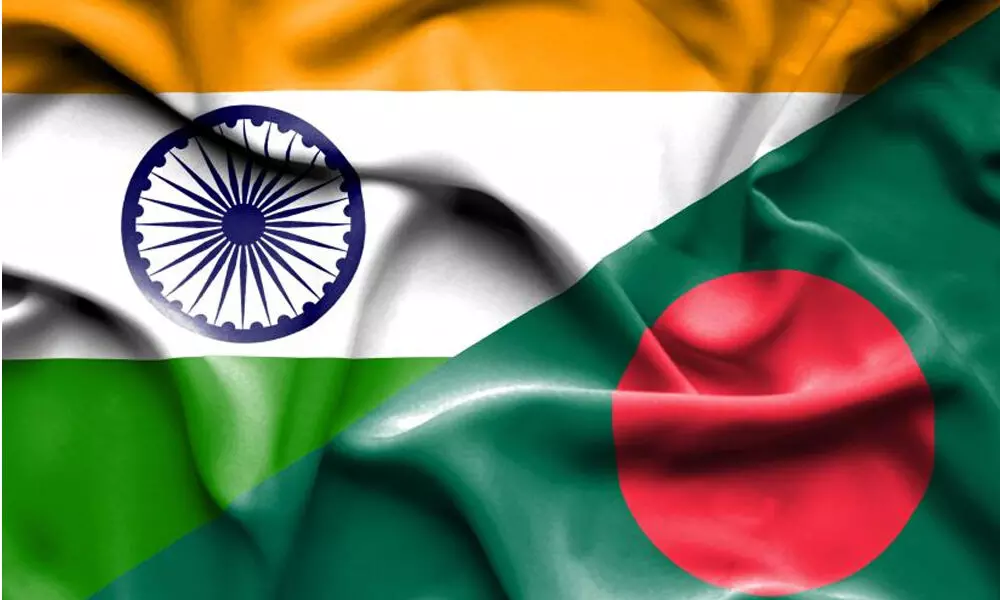Only India & Bangladesh have I-T limits much higher than average income
Only India & Bangladesh have I-T limits much higher than average income
image for illustrative purpose

New Delhi, Feb 2 Only India and Bangladesh have income tax limits that are much higher than the average income.
This implies that there is indeed food for thought for lowering direct taxes but ensuring such a system is equitable and not regressive, SBI said in a Post-Budget research.
There is always a lot of hullaballoo regarding the income tax structure in India. It is true that in some countries, including India, the top marginal personal income tax rate exceeds the corporate income tax by a significant margin, providing strong incentives for taxpayers to choose the corporate form of doing business for purely tax reasons.
Good tax policy should ensure that the top marginal personal income tax rate does not differ materially from the corporate income tax rate, SBI said.
However, on the other hand, India's per capita GDP in FY21 stands at Rs 1.46 lakh, while the taxable income threshold is Rs 2.5 lakh. Which then means the average Indian is not required to pay an income tax. In many countries around the world, that income tax limit is below the average income of its people.
Only India and Bangladesh have income tax limits that are much higher than the average income.
SBI said if growth comes back riding on the spending prowess, the nominal GDP projection may be an underestimate. This may thus provide even some more additional spending room for the Government. Consider this.
The story of increase in household debt during pandemic turned on its head right now with the release of NSO data on January 31, 2022. While the total gross financial savings jumped by a massive Rs 7.1 lakh crore in FY21 (highest ever in any FY), the total financial liabilities increased by only Rs 18,669 crore. In the previous two fiscals (i.e., FY20 & FY21), the cumulative gross financial savings increased by Rs 8.5 lakh crore while during the same period, financial liabilities increased by only Rs 34,000 crore.
The estimated HH debt has now declined from 37.3 per cent in FY21 to 34 per cent in Q1FY22 with the rise in GDP. It thus seems that the household decline may be attributable to risk aversion.
The savings in the form of gold and silver ornaments exhibited decline in FY21 as people choose to save in the form of financial assets. This indicates the changing behaviour of savers.
The Covid-19 pandemic is far more than a health crisis: it has unpredictably changed our whole way of life. As suggested by the analysis of PFCE data, this dramatic scenario has also heavily impacted individuals; consumption patterns. While the consumption on food and non-alcoholic drinks had increased by Rs 3.5 lakh crore in FY21, the spending on categories like 'Transport', 'Clothing and footwear' and 'Restaurants and Hotels' declined by a whopping Rs 6.1 lakh crore. Overall the PFCE declined by Rs 2.83 lakh crore during FY21.
(Sanjeev Sharma can be reached at [email protected])

